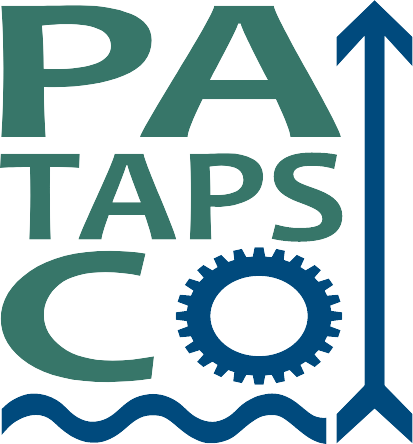
We all hike a little different in wet weather, but muddy trails can have more implications than muddy shoes. Using trails when the ground is saturated can damage the trail and increase your impact on the surrounding ecosystem, it’s important to use your judgment on when to hike wet trails and how to minimize your impact while doing so. If there was heavy rain the day before and you know that the ground has not dried out yet, consider delaying your hike a few days to allow the trails to recover. Something to avoid while on muddy trails is trail expansion, shown here:
The original path, highlighted in green, continued straight through this section. After rains water collected here and hikers began avoiding the puddle, veering to the right. This continued deference eventually wore down the vegetation and created a second path, shown in red, doubling the width and impact of the trail section. If you do go hiking in wet conditions, it is important to be prepared and willing to hike through the mud not around it, as in the picture below: Another thing to keep an eye out in muddy conditions are durable surfaces such as large stones in the trail. Stepping on these can minimize your impact on the trail, especially when crossing through small streams or springs. Here is a common example of a small stream crossing on a Patapsco trail with several rocks pointed out for crossing:
Highlighted Trail: Pickall Trail
The Pickall Trail is an excellent out and back trail that can be used for hikes of any distance with a multitude of connecting trails. Following the Patapsco river on the Baltimore County side, the trail is mostly flat, perfect for a relaxed pace with a view. There are several recently added trails connecting to the main Pickall trail under a mile from the trailhead at Hollofield Station, allowing hikers to branch out and take a different path if they would like to extend their hike. The trail also leads all the way to Oella, MD if you follow it into the Mill Race Trail.
